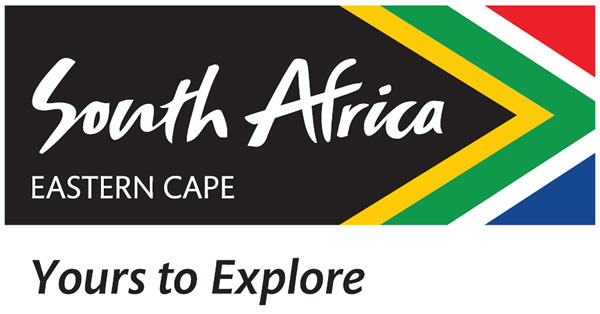Talking point: Personality tour guide – Alan Weyer
Tuesday, 2nd July 2013

Ask anyone – go on, ask them – which event in South African history was the most significant. They might give many answers, but no-one will mention Grahamstown. Very few people know, actually, that South Africa as we know it today hinged on a single, short battle just outside this little city.
The Eastern Cape is a meeting place of many things - it is where several weather systems come together to form the area’s turbulent climate. It is also where several cultures and people have met and clashed. Over centuries the Eastern Cape has played host to some destiny-twisting events.
No wonder an Eastern Cape pineapple farmer and raconteur by the name of Alan Weyer decided that here was a story worth telling. It is made up of prophecies and politics; Xhosa, Khoisan and cricket matches; stunned settlers and fed-up farmers; rebels and revolutionaries, a few pivotal battles and a war that went on for more than 100 years.
Alan’s talk, given on a breezy hillside overlooking Grahamstown, goes back centuries to the peaceable San. They left behind their rock art, their legends – and the clicks in their language. They were successively displaced and absorbed by the nomadic herdsmen - the Khoi, then the AmaXhosa – the Angry Men. The next group to arrive from the other direction were the Boers, escaping colonial taxes in the Cape. The scene was set for a long convulsion of war and raids and human tragedy that resonates to this day.
In the 1800s Grahamstown had all the action. Ships might visit Cape Town for fresh veggies, but Grahamstown was just as big and twice as busy. Life was hot under successive waves of invasion, war, settlers, folk tragedies, colonial dithering and local uprisings.
The hostilities began in 1779. As Alan says, the Frontier Wars were not really a 100 years of war. It was more a continual succession of arguments and skirmishes that would flare up into armed squabbles and then die down again, unresolved. It might have continued that way until today if events in far-off Europe had not turned people’s eyes to Africa.
Britain was at war with France. To prevent Napoleon from annexing the lucrative sea-route to the East, the British occupied the Cape and inherited the unrest on its borders. The Eastern Cape was a 100-year headache for the Brits, as it was populated by different groups of people who paid not the slightest attention to British colonial ambitions. Treaty after treaty was brokered and then ignored, and the battles continued. The British decided to end the pesky border problem for once and for all by eliminating the Xhosa, and Grahamstown was the military encampment created in order to do so.
In 1819 the Battle of Grahamstown (Egazini in isiXhosa – the Place of Blood) took place between the British army and the prophet-soldier Makana. It is said that Makana told his people not to worry about the bullets as they would ‘turn to water’. This was the start of an enduring myth in colonial battles –what he probably said was that he would wait for rain as the British rifles could not fire with damp gunpowder.
But the rain did not arrive and the delay allowed the British to regroup. Makana was defeated by cannon and grapeshot and his warriors retreated over the Great Fish River.
This battle, short and almost unknown, is regarded as one of the most significant battles in South Africa’s history. If Makana had won, the British would have abandoned the Eastern Cape and would likely have decided that South Africa as a whole was too hot to handle. It was also a far from secure victory, and led in the following year to a unique phenomenon – a government-assisted voluntary immigration of thousands of English craftsmen and skilled labourers who were promised farms on land ‘resembling an English park’. The 1820 settlers got the shock of their lives when they discovered they’d been duped into emigrating to a drought-stricken war zone. Most of them moved to Grahamstown and created a society of craftsmanship, feistiness and literary and educational freedom that has lasted to this day.
The English settlers introduced many things – the wool industry, the country’s first newspaper, a belief in the universal franchise, superior education and an uppitiness that led to the Great Trek in 1838.
There is far too much history here to fit it all in: the war with Hintsa, the prophecies of Nonqcwause, the start of the system of migrant labour, the growth of Black Consciousness. Grahamstown is known by many names – not least of which is the ‘City of Saints’ perhaps because of the number of churches, but also perhaps because of the famous letter which was sent to the commander of a frontier garrison who requested the quartermaster send him a steel vice: “We regret we have no vice in Grahamstown”.
From the second-largest South African settlement in the 1800s, to its present status as the country’s smallest city, Grahamstown has much of South African’s history packed into its small valley.
And as Alan Weyer says, as he stands on Gunfire Hill overlooking a pretty little Victorian university town: “The story starts here”.
This article originally appeared in the Southern African Tourism Update, 10 Thu, Sep 2009
http://tourismupdate.co.za/NewsDetails.aspx?newsId=20405#
